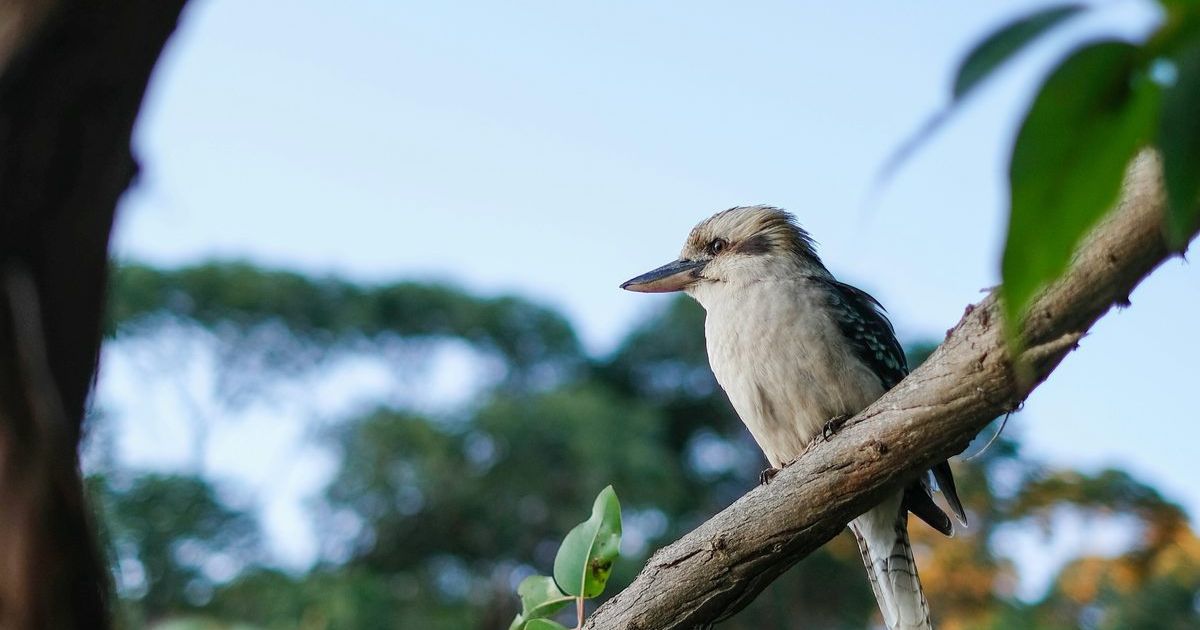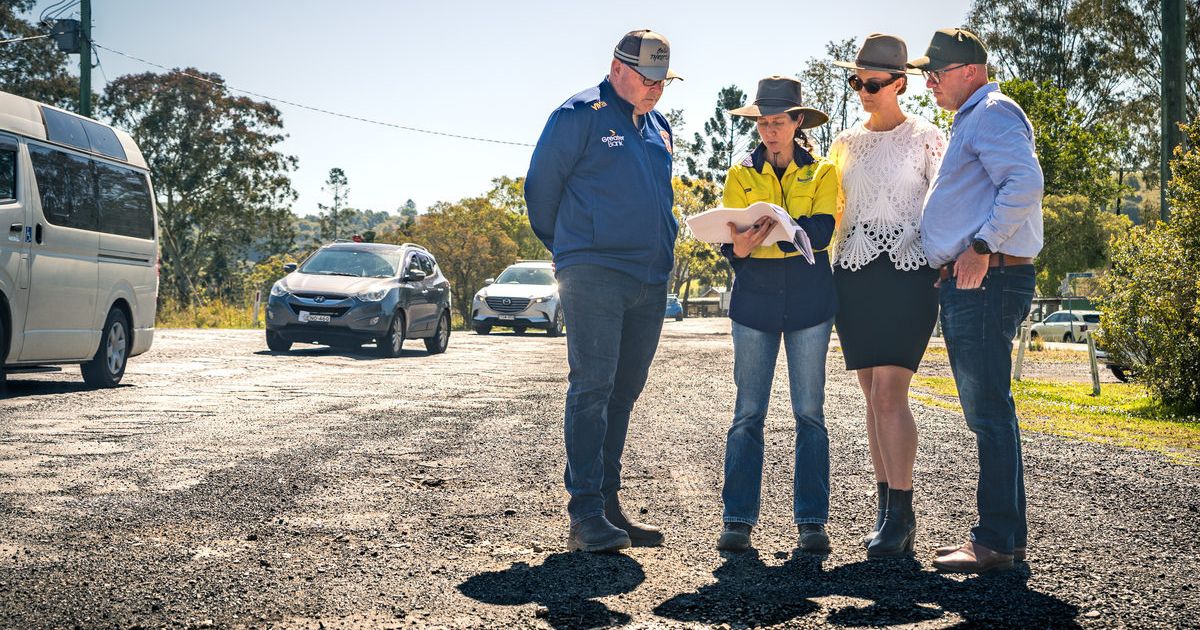Fire Ant controversy continues

Fire ants attack in swarms causing extremely painful bites and threatening many wildlife species. Photo: SUPPLIED. TOP: The invasive fire ants (Solenopsis invicta) are native to South America and were discovered in Queensland two decades ago. Photo: SUPPLIED
A GROUP called NSW Fire Ant Truths has launched a campaign on the detrimental impacts of broadcast baiting in light of recent infestations in the Tweed and Byron shires. This follows an upswing in social and traditional media commentary on the national eradication program across the region.
There is a diverse range of opinions in the stoush over fire ant control. All levels of government, community members, environmental groups, academics, and farmers posit different versions of its risks and benefits.
The issue is fraught with often confusing information for the general public. Late last year, allegations that National Fire Ant Eradication Program officers were arrested for ‘planting’ fire ants were roundly refuted as false.
Executive Program Director Marni Manning said the allegations were untrue and dangerous.
“These allegations are yet another attempt by certain parties to interfere with our world-leading program and jeopardise national eradication efforts,” Manning said.
“Such reckless claims only serve to spread misinformation and disinformation about the important work we are doing.
“Fire ants will devastate human and animal health, our environment, economy, and outdoor way of life.
“I urge the community to verify the validity and credibility of information – not everything online or in the media is true. Please research using trusted sources,” Manning said.

Fire ants are among the world’s worst invaders and are prohibited under the NSW Biosecurity Act 2015. They cause extreme environmental, economic and social impacts. After being discovered in Queensland in 2002, the infestation was detected in NSW in 2023 and 2024 at two locations.
A biosecurity emergency was declared in NSW until February 2025.
Australia’s Fire Ant Response Plan 2023–27 includes ‘contain, eradicate, and suppress’ initiatives. The $592.84 million complete Fire Ant Response Plan 2023–27 is currently cabinet-in-confidence and unavailable.
In the last Tweed Shire Council Meeting of 2024, Deputy Mayor Meredith Dennis called for a workshop with the National Fire Ant Eradication Program and the NSW Department of Primary Industry. The motion was carried unanimously in the affirmative.
“This is to detail the current aerial and ground baiting for fire ants in the Tweed Shire,” the motion stated.
“How many nests have been found? How many helicopter flights have been made over our shire? How much bait has been distributed?
Cr Dennis also asked for more information on the proven effectiveness of the program and the adverse effects that have been reported.
For more information, call the Biosecurity Helpline on 1800 680 244 or visit fireants.org.au


















